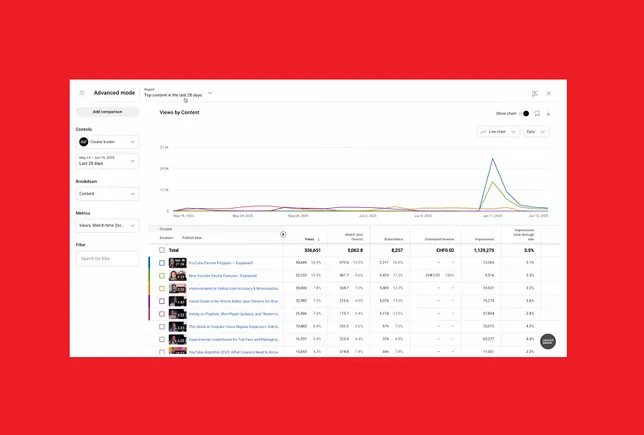ASIAN HERITAGE CHEFS IN WHITE HOUSE HISTORY
The authors, who were once classmates at Stanford University, team up for a book with two halves: First it’s a narrative history, and then a cookbook. In the first half, Miller, a food writer and attorney who previously worked in the Clinton administration, offers a broad chronicle of notable Asian chefs and stewards, from Ah Loy, a Chinese national who oversaw the galley on Theodore Roosevelt’s presidential yacht in 1905, to Permsin “Tommy” Kurpradit, a child of Thai immigrants who, at the time of the book’s writing, was currently serving as the interim White House executive chef. This series of brief biographies, meant to be “representative, not comprehensive,” covers not only their subjects’ personal lives, but also offers a larger chronology of the experience of people of Asian descent in the United States; one would relish seeing Miller present any (or all) of them in a longer format. The prose is occasionally corny (“Tensions between the delegations were thick enough to cut with a butter knife and egos were as inflated and fragile as a soufflé”), but it’s always deeply engaging. Unlike Miller’s earlier book, the Kirkus-starred Soul Food (2013), in which prose and recipes appeared side by side, this book puts recipes at the end, which feels like a bit of a postscript. The excellent selection relies mostly on an out-of-print 1939 memoir/cookbook by Lee Ping Quan, who cooked for Presidents Warren G. Harding and Calvin Coolidge; however, each recipe is fantastically annotated by Chang, a graduate of the Napa Valley Culinary School, who discusses how she chose from over 400 recipes in Quan’s book, and what she changed to reflect modern tastes. (Additional recipes, provided by recent White House chefs, are also good, if considerably more complex.) Occasional photos by White and Hancock are skillfully executed and appealing.


The authors, who were once classmates at Stanford University, team up for a book with two halves: First it’s a narrative history, and then a cookbook. In the first half, Miller, a food writer and attorney who previously worked in the Clinton administration, offers a broad chronicle of notable Asian chefs and stewards, from Ah Loy, a Chinese national who oversaw the galley on Theodore Roosevelt’s presidential yacht in 1905, to Permsin “Tommy” Kurpradit, a child of Thai immigrants who, at the time of the book’s writing, was currently serving as the interim White House executive chef. This series of brief biographies, meant to be “representative, not comprehensive,” covers not only their subjects’ personal lives, but also offers a larger chronology of the experience of people of Asian descent in the United States; one would relish seeing Miller present any (or all) of them in a longer format. The prose is occasionally corny (“Tensions between the delegations were thick enough to cut with a butter knife and egos were as inflated and fragile as a soufflé”), but it’s always deeply engaging. Unlike Miller’s earlier book, the Kirkus-starred Soul Food (2013), in which prose and recipes appeared side by side, this book puts recipes at the end, which feels like a bit of a postscript. The excellent selection relies mostly on an out-of-print 1939 memoir/cookbook by Lee Ping Quan, who cooked for Presidents Warren G. Harding and Calvin Coolidge; however, each recipe is fantastically annotated by Chang, a graduate of the Napa Valley Culinary School, who discusses how she chose from over 400 recipes in Quan’s book, and what she changed to reflect modern tastes. (Additional recipes, provided by recent White House chefs, are also good, if considerably more complex.) Occasional photos by White and Hancock are skillfully executed and appealing.








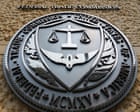







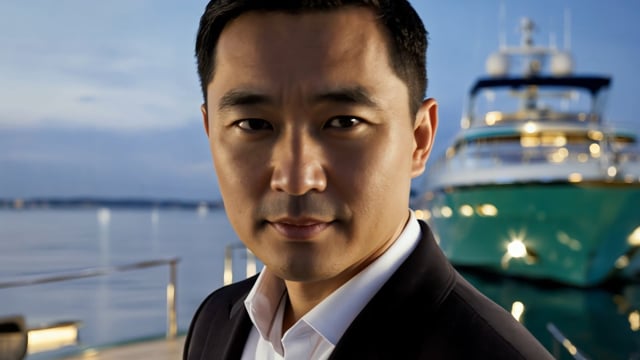

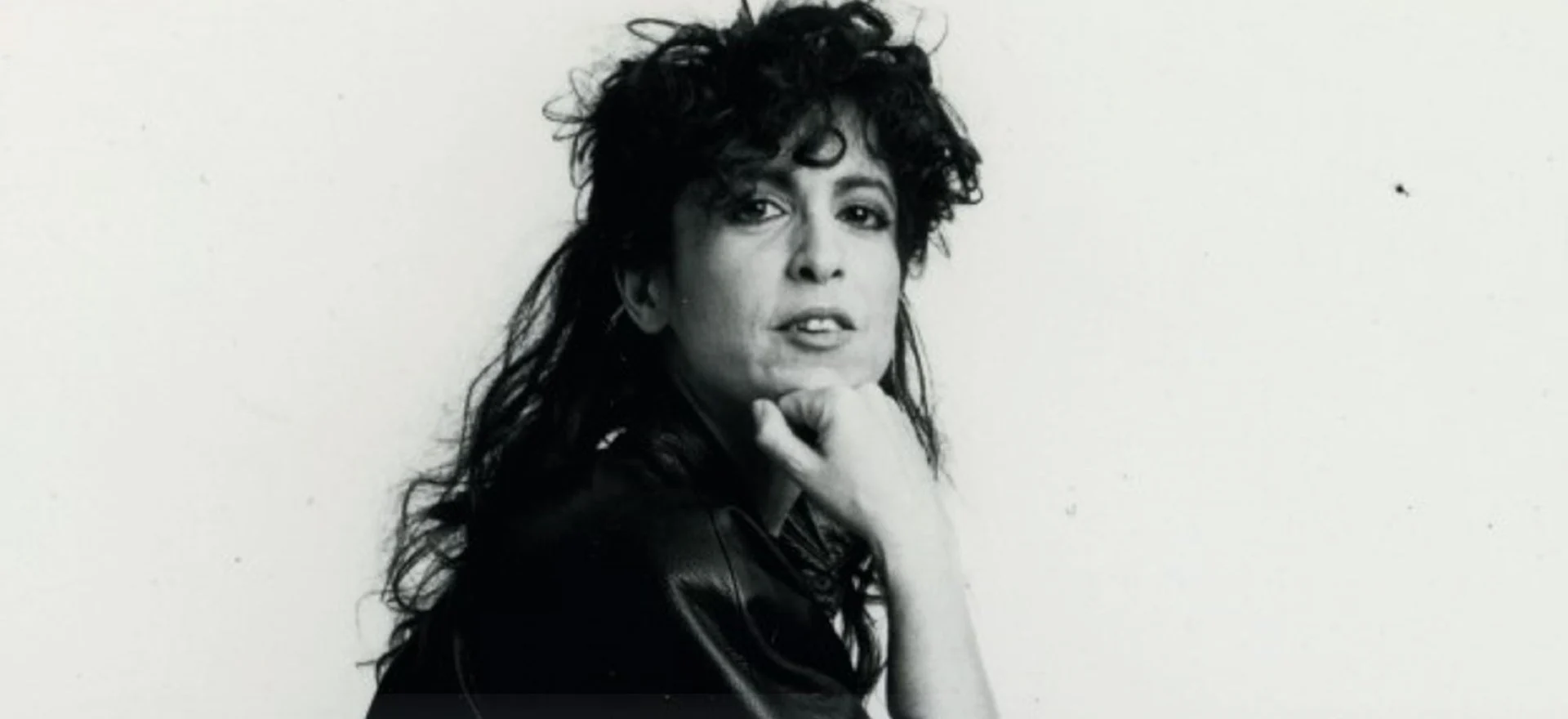








![How To Drive More Conversions With Fewer Clicks [MozCon 2025 Speaker Series]](https://moz.com/images/blog/banners/Mozcon2025_SpeakerBlogHeader_1180x400_RebeccaJackson_London.png?auto=compress,format&fit=crop&dm=1750097440&s=282171eb79ac511caa72821d69580a6e#)

![Brand and SEO Sitting on a Tree: K-I-S-S-I-N-G [Mozcon 2025 Speaker Series]](https://moz.com/images/blog/banners/Mozcon2025_SpeakerBlogHeader_1180x400_LidiaInfante_London.png?auto=compress,format&fit=crop&dm=1749465874&s=56275e60eb1f4363767c42d318c4ef4a#)
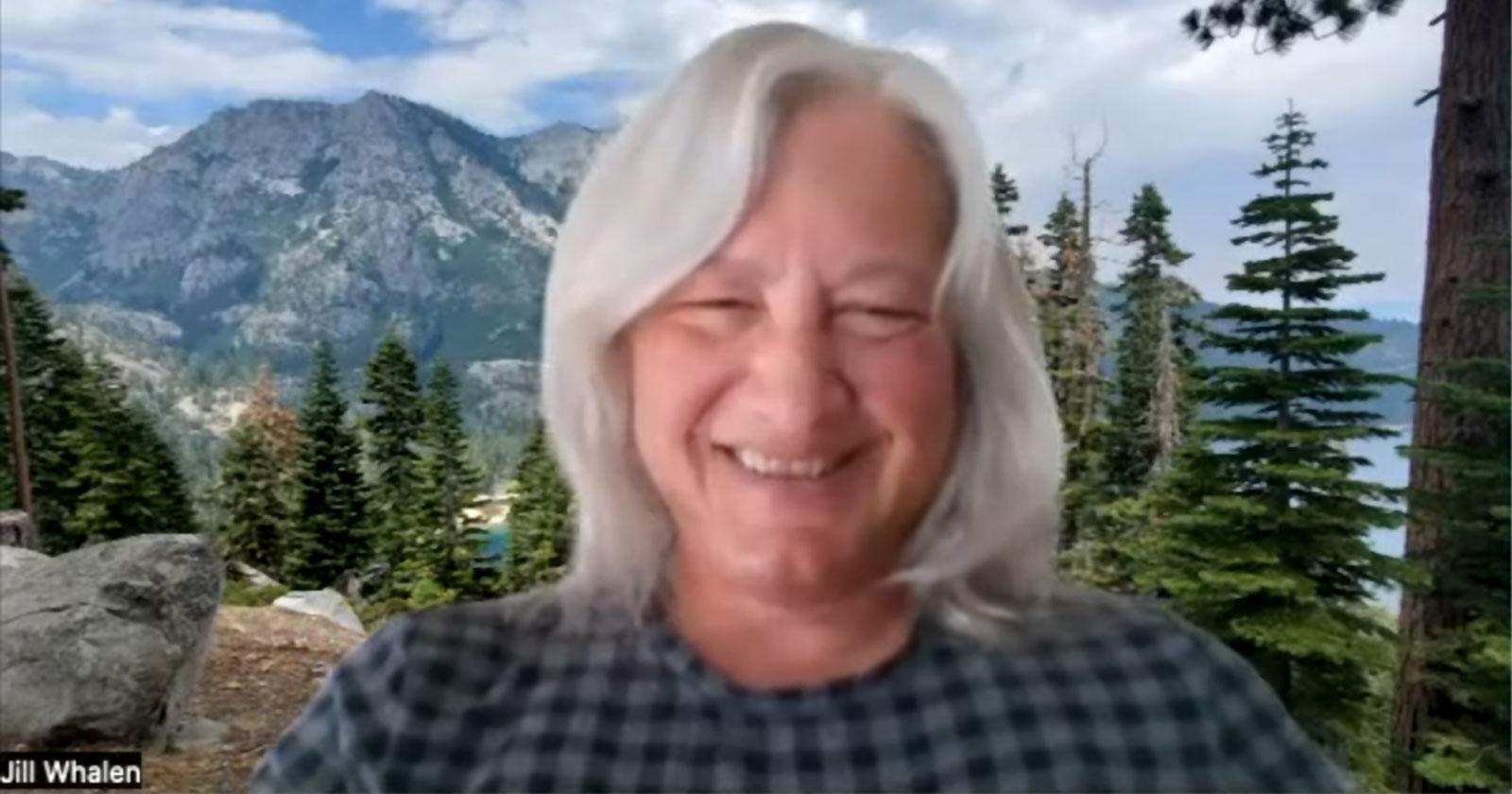





















![The 11 Best Landing Page Builder Software Tools [2025]](https://www.growthmarketingpro.com/wp-content/uploads/2024/04/best-landing-page-software-hero-image-1024x618.png?#)


































![How Google’s AI Mode Compares to Traditional Search and Other LLMs [AI Mode Study]](https://static.semrush.com/blog/uploads/media/86/bc/86bc4d96d5a34c3f6b460a21004c39e2/f673b8608d38f1e4be0316c4621f2df0/how-google-s-ai-mode-compares-to-traditional-search-and-other-llms-ai-mode-study-sm.png)

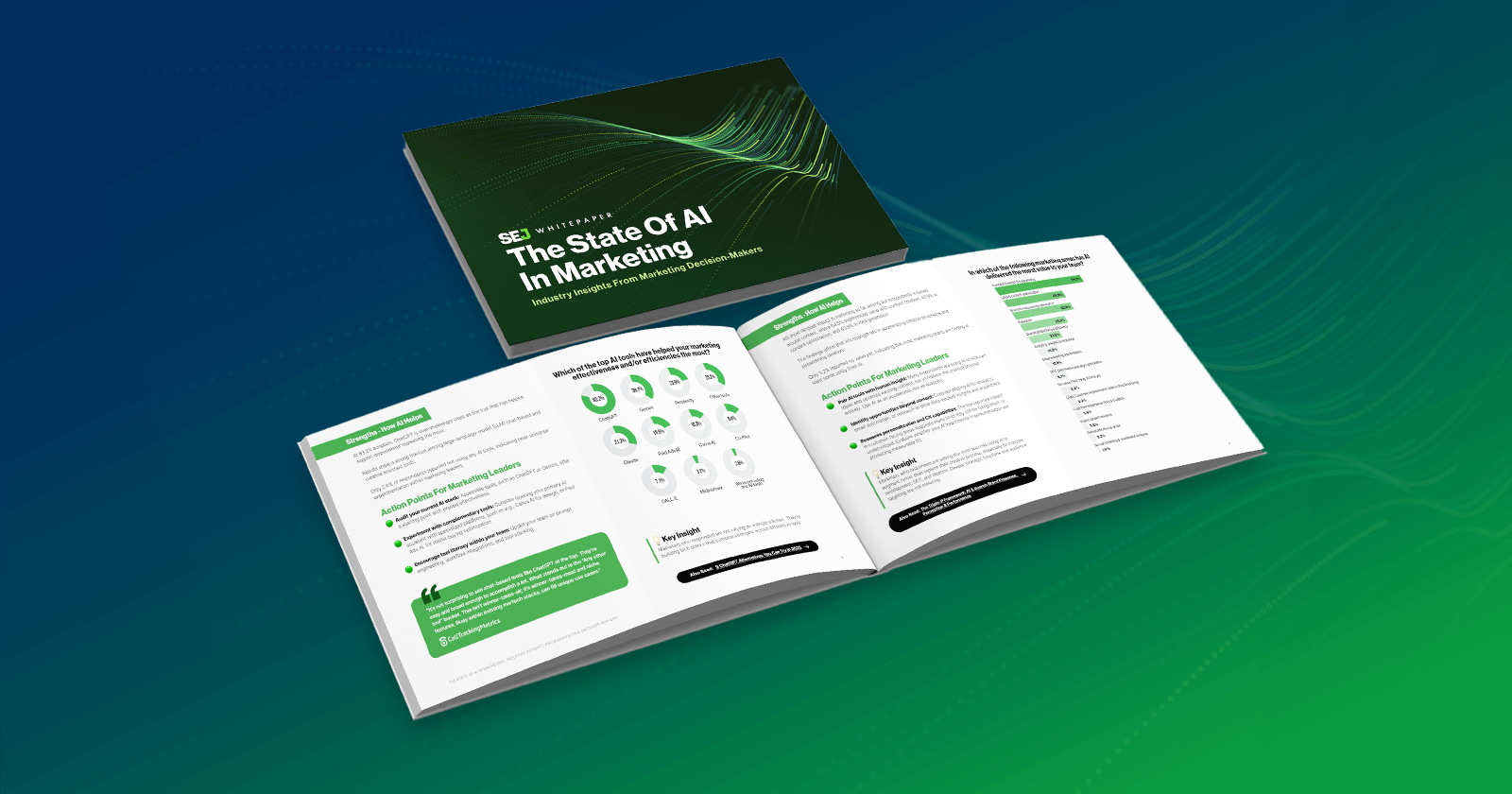




![How to Create an SEO Forecast [Free Template Included] — Whiteboard Friday](https://moz.com/images/blog/banners/WBF-SEOForecasting-Blog_Header.png?auto=compress,format&fit=crop&dm=1694010279&s=318ed1d453ed4f230e8e4b50ecee5417#)
![How To Build AI Tools To Automate Your SEO Workflows [MozCon 2025 Speaker Series]](https://moz.com/images/blog/banners/Mozcon2025_SpeakerBlogHeader_1180x400_Andrew_London-1.png?auto=compress,format&fit=crop&dm=1749642474&s=7897686f91f4e22a1f5191ea07414026#)


















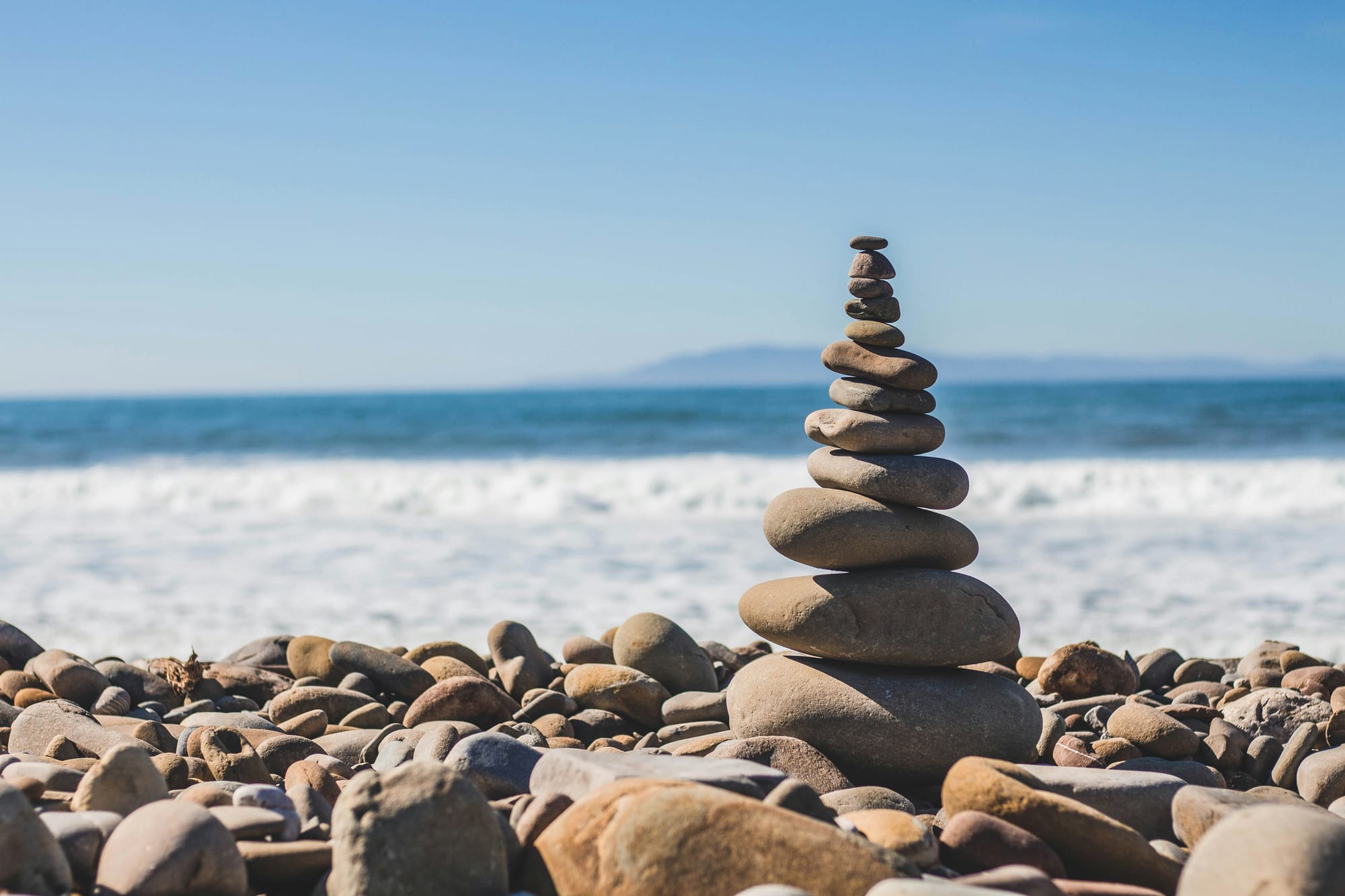






![Brand pitch guide for creators [deck and email templates]](https://blog.hootsuite.com/wp-content/uploads/2022/06/brand-pitch-template.png)

















![How Social Platforms Measure Video Views [Infographic]](https://imgproxy.divecdn.com/AncxHXS242CT-kDlEkGZi7uQ2k70-ebTAh7Lm14QKb8/g:ce/rs:fit:770:435/Z3M6Ly9kaXZlc2l0ZS1zdG9yYWdlL2RpdmVpbWFnZS9ob3dfcGxhdGZvcm1zX21lYXN1cmVfdmlld3MucG5n.webp)

